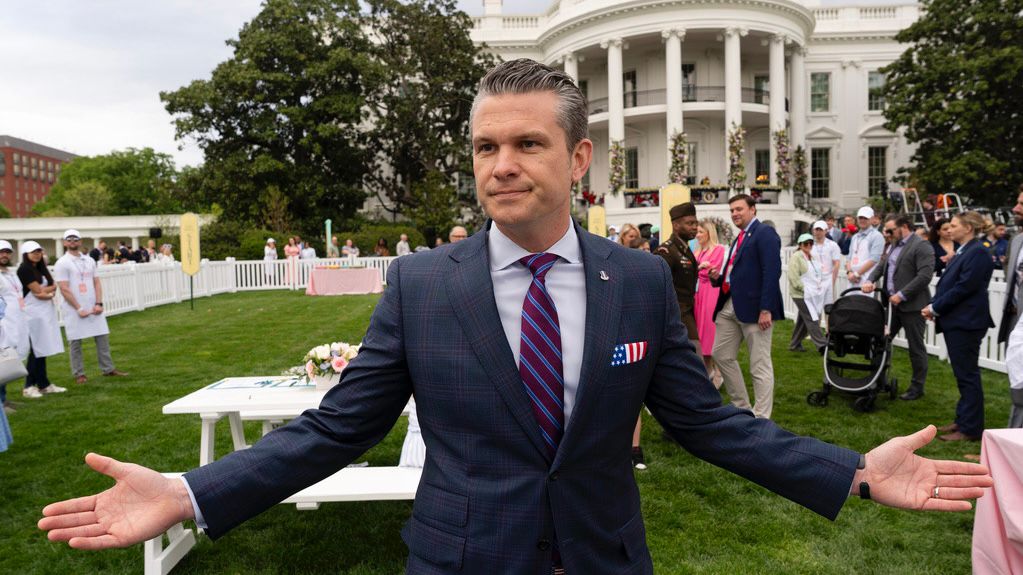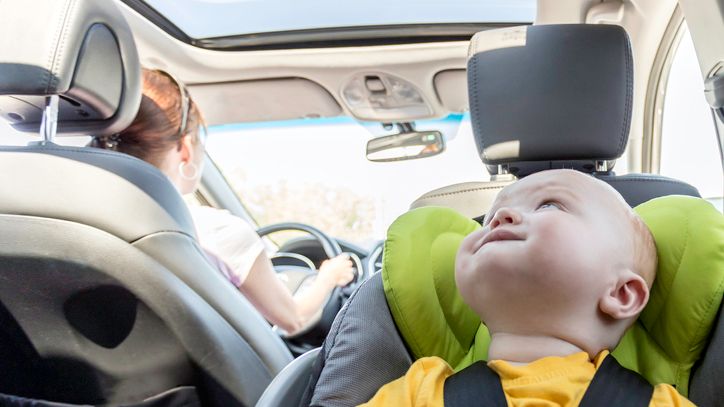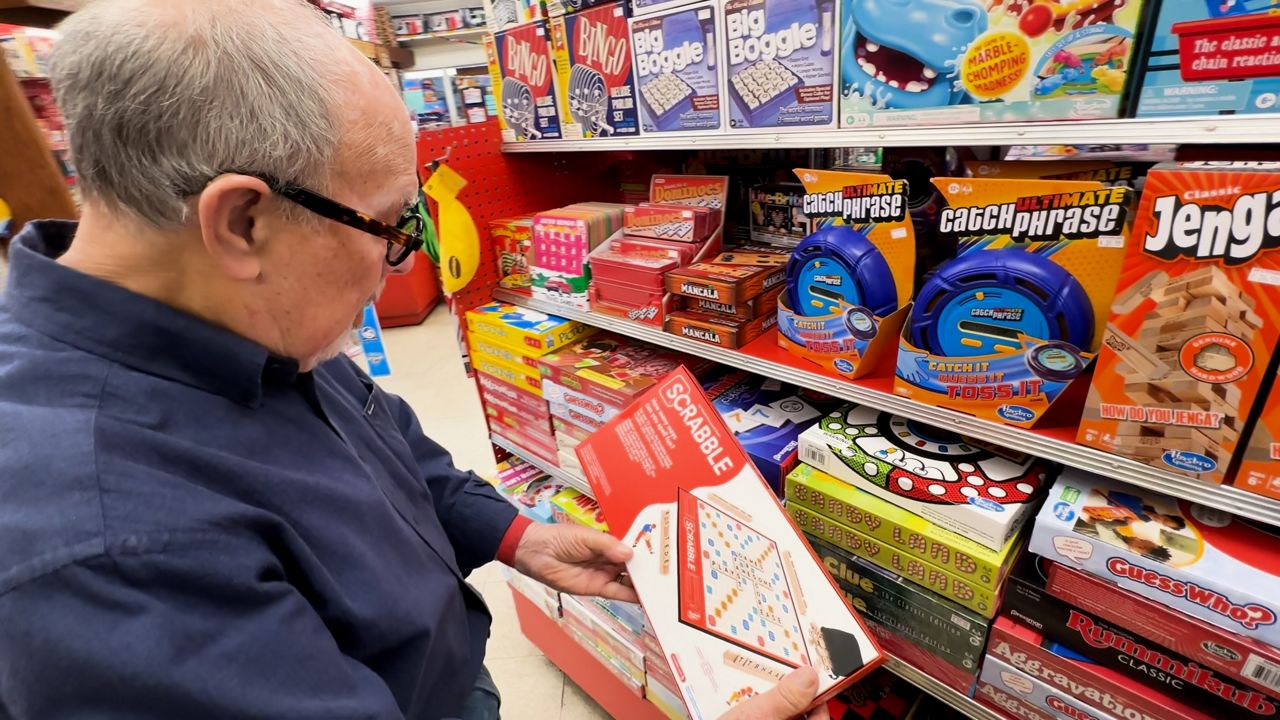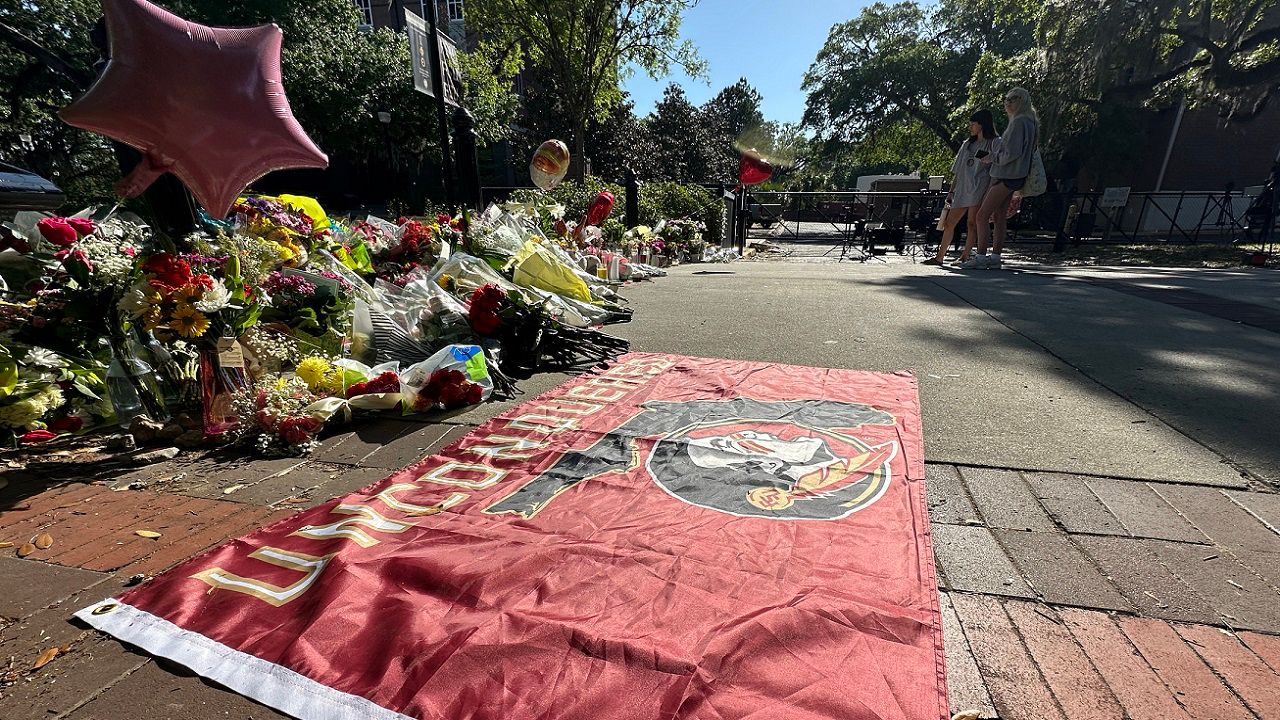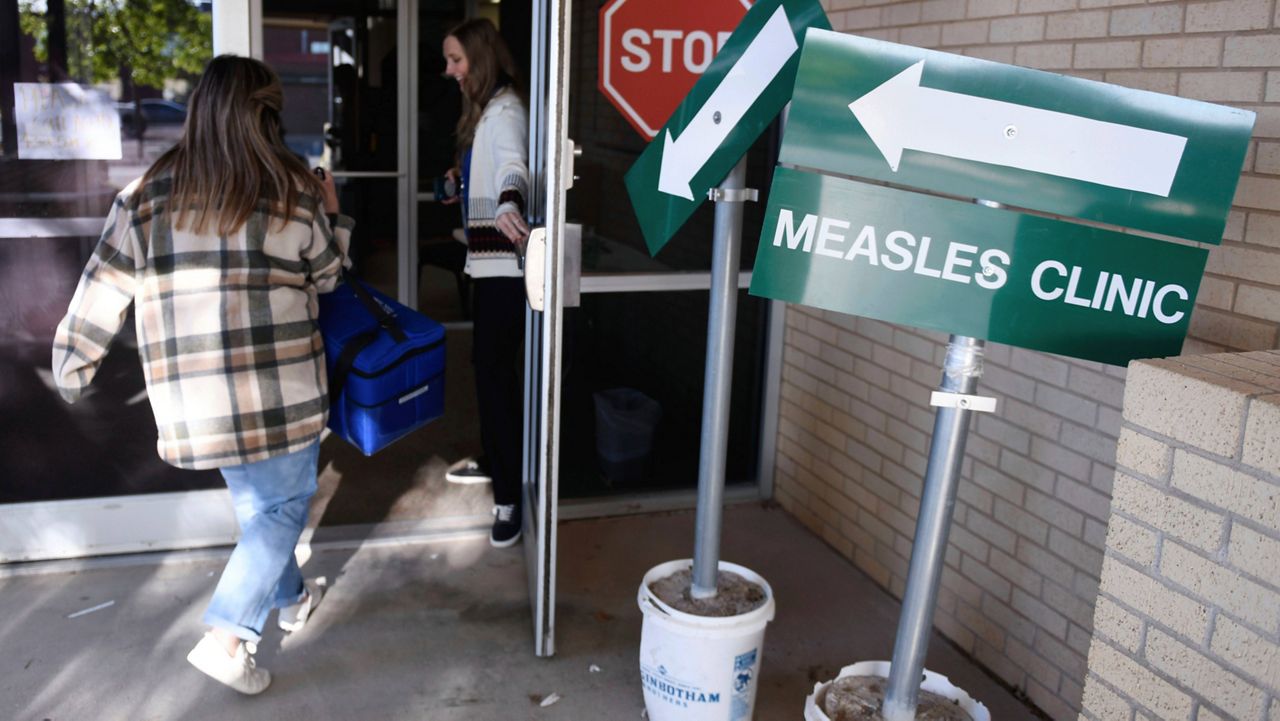PACOIMA, Calif. — More than 20% of adolescents in the country are obese, according to the Centers for Disease Control and Prevention (CDC).
Health experts say tackling the issue requires more than healthy eating—it demands education, physical activity and access to essential resources.
One such initiative in Pacoima, the Kid’s Fit program offered by the Northeast Valley Health Corporation, provides teens and families with tools to embrace healthier lifestyles while fostering a sense of community.
Stretching and deep breathing exercises kicked off the day for Camila Cobain, 16, and other volunteers at a recent Pacoima garden workshop.
“I was kind of tired coming here,” Cobain shared, “but the warmup kind of got me, like, excited and more ready to work.”
Their simple yet impactful daily mission: tending a community garden.
“It’s so peaceful,” said Cobain. “And, you know, you’re doing something for yourself and for others.”
These workshops are only part of the Kids Fit program, which also includes nutrition education, physical activity and community support to build healthy habits.
Cobain, who has participated in Kids Fit since eighth grade, credits the program with teaching her how nutrition fuels her favorite activities, like dance and cheer.
“I eat protein because it gives your body, like, more energy. It also kind of puts in your mind to put more effort into your school, your sports, your family, and yourself,” she explained.
Beyond education, the program also connects families with mobile food pantries, providing access to fresh fruits and vegetables often unavailable in their local grocery stores.
“We know that fresh produce is much more expensive in the grocery stores,” said Gina Johnson, pediatric medical director at Northeast Valley Health. “And oftentimes, in the grocery stores in our community, they’re not even available.”
The stakes are high.
A recent Lancet study predicts that by 2050, one-third of adolescents in the U.S. could face obesity. Johnson noted another challenge: declining physical activity among teens.
“One of the things that we’re seeing a lot in our adolescents is this increased use of social media and electronics and the decrease in physical activity,” she said. “I was reading a statistic recently that three out of five adolescents did not participate in active sports for at least 60 minutes a day, five days a week, which is the recommendation from the CDC.”
At the end of the garden workday, Cobain reflected on the personal growth and satisfaction the program has brought her.
“I feel proud of myself in front of everyone, that we planted these. We didn’t go to the grocery store or anything. We took the time out of our day to do this for ourselves and for everyone. You feel accomplished because you’re doing this yourself.”









